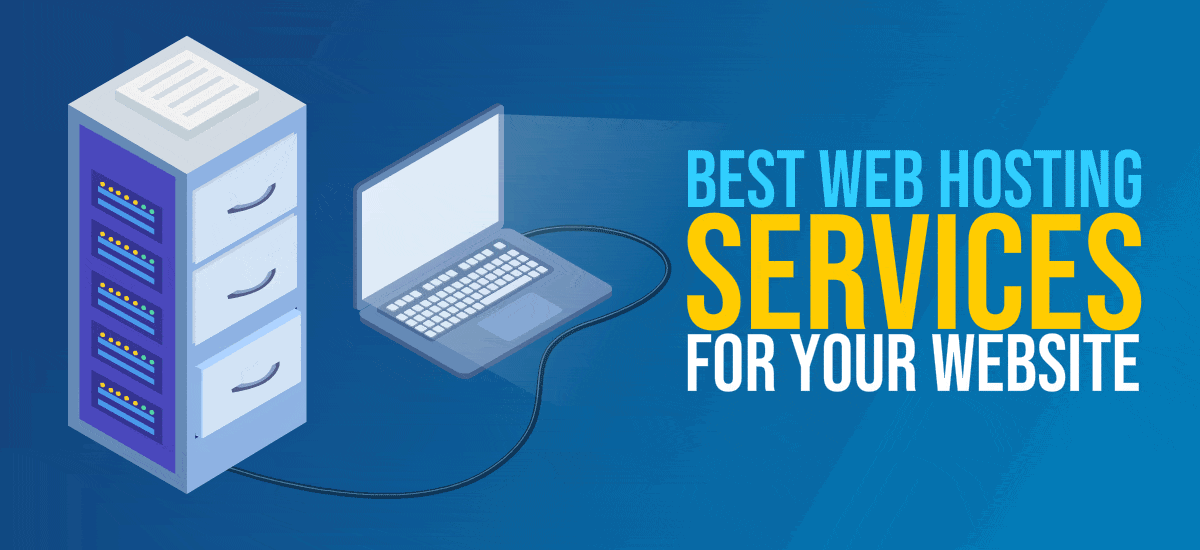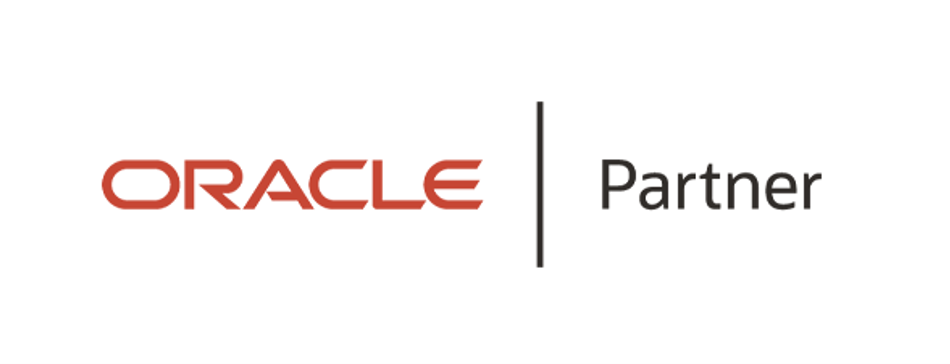
WebSocket can be used to send data, files, and applications over the Internet. This protocol has many components, including a structure, security, and functions. It also supports extensions, and lets you use your data formats. Learn more about these features.
Structure
WebSocket lets an application send and receive messages to another application. It is layer on top of TCP/UDP, the transport layer protocols. The protocol also allows message retrying and disconnection. It uses two types of messages, namely the connection and the control message.
The payload is the connection data, which is framed with application payload. Each frame also contains payload information. The WebSocket base specification doesn't support data compression. Applications must implement their data compression logic. Data compression extensions are the equivalent to HTTP transfer-encoding negotiations. These extensions are advertised in the Upgrade Handshake. Servers can choose to use them for the entire life of the connection.

Functions
Websocket allows you to send and receive messages from servers. To send a Message, first you need to create a socket connection. After that, you will need to create an "event listener" that will be called whenever there is a new mail on the server. You can then use the WebSocket function in order to reply to the message.
WebSocket lets you send and get data between two computers. It allows the client and the server to exchange messages simultaneously. WebSockets are especially useful for retrieving data from servers. This is not possible via HTTP requests. WebSocket allows the server to process the request through WebSocket.
Security
WebSocket protection is an extension to WebSocket protocol. This inspects WebSocket connectivity and secures data transferred through them. WebSocket security is configurable for Web applications and websites. If enabled, a default WebSocket Profile is created for a Web application or website. This profile has a status code of OFF which indicates that the service is inactive. The browser adds automatically its cookies to the WebSocket request. This gives the attacker access to the victim’s credentials.
WebSocket security implementation is very simple and can be completed in just a few steps. First, verify that the "Origin” header on the websocket connections matches. The WebSocket connection is closed if it doesn't match. Second, be sure to check the message's frame format. Third, ensure that the connection is made via an SSL channel. Without SSL, information can leak and other attack vectors could occur.

Extensions
Websocket extension are parameters returned by the server to the client. These are specified in the "Sec-WebSocket-Extensions" header and must be implemented by both the client and the server. The server is responsible to activate the extensions and return them to clients.
Websocket extensions are implemented using the websocket-extensions library. This library is independent from the main protocol and defines abstractions of messages and frames. It also implements many APIs, which allow plugins or drivers to interoperate.
FAQ
Is it better to hire a web designer than do it myself?
If you're looking to save some money, don’t pay for web designing services. However, if you are looking for high-quality results, hiring someone to design your website might not be worth it.
There are many ways to create websites from scratch, without having to hire expensive designers.
If you're willing to put in the time and effort, you can learn how to make a great-looking site yourself using free tools like Dreamweaver and Photoshop.
Another option is to hire a freelance web developer for a project that charges per hour.
What is a static site?
A static website can be hosted anywhere including Amazon S3, Google Cloud Storage (Google Cloud Storage), Windows Azure Blob storage and Rackspace Cloud files. A static website can be also deployed to any platform supporting PHP, including WordPress, Drupal and Joomla!, Magento, PrestaShop and others.
Static web pages are usually easier to maintain because they're not constantly sending requests back and forth between servers. Also, they load faster because there's no need to send any requests back and forth between servers. For these reasons, static web pages are often better for smaller companies that don't have the time or resources to manage a website properly.
Can I Use A Template Or Framework On My Website?
Yes! Pre-built templates and frameworks are often used when building websites. These templates contain all the code needed to display information on your page.
These are some of the most requested templates:
WordPress – One of the most well-known CMSes
Joomla - Joomla is another popular open-source CMS
Drupal - an enterprise-level solution that large organizations use
Expression Engine - A proprietary CMS from Yahoo
Hundreds of templates are available for each platform, so finding the right one should be easy.
How Much Does it Cost to Create an Ecommerce Website?
This will depend on whether you are using a platform or a freelancer. Most eCommerce sites start at around $1,000.
You can expect to pay between $5000 and $10,000 for a platform once you have decided.
If you're planning on using a template, you probably won't pay more than $5,000. This includes any customizations required to reflect your brand.
Can I build my website using HTML & CSS?
Yes, you can! Basic knowledge of web design and programming languages such as HTML (Hyper Text Markup Language), and CSS (Cascading Stil Sheets) is required. These languages allow you create websites that can be viewed by anyone with internet access.
How can I make a website for free?
This will depend on the type and purpose of your website. Are you looking to sell products, build a website, or create a portfolio online?
An essential website can be created using HTML and CSS. This is a combination of HyperText Markup Language (HTML) and CascadingStyle Sheets (CSS). While it's possible to create a simple website using HTML and CSS, most web developers recommend using a WYSIWYG editor such as Dreamweaver or Frontpage.
Hire a freelance web developer if your skills are not in-depth. They will help you design a website that suits your specific needs.
A freelance developer can charge you a flat fee per project or hourly rate. It depends on the amount of work that they do in a given time frame.
For example, you might pay $50-$100 an hour to a company. You'll usually get higher rates for larger projects.
A lot of freelance websites offer job listings. You can also search on those websites before you reach out to developers.
Statistics
- In fact, according to Color Matters, a signature color can boost brand recognition by 80%. There's a lot of psychology behind people's perception of color, so it's important to understand how it's used with your industry. (websitebuilderexpert.com)
- Is your web design optimized for mobile? Over 50% of internet users browse websites using a mobile device. (wix.com)
- When choosing your website color scheme, a general rule is to limit yourself to three shades: one primary color (60% of the mix), one secondary color (30%), and one accent color (10%). (wix.com)
- It enables you to sell your music directly on your website and keep 100% of the profits. (wix.com)
- The average website user will read about 20% of the text on any given page, so it's crucial to entice them with an appropriate vibe. (websitebuilderexpert.com)
External Links
How To
How can you tell which CMS is better?
Two types of Content Management System are available. Web Designers typically use static HTML and dynamic CMS. WordPress is the most well-known CMS. But when you want to make your site look professional and well-organized, you should consider using Joomla! Joomla is an open-source CMS which allows you create any design website without needing to know any coding. It's simple to install and configure. Joomla comes with thousands upon thousands of templates and extensions, so you don’t need to hire an expert to set up your site. Joomla is easy to use and free to download. Joomla is a good choice for your project.
Joomla is a powerful tool that allows you to manage every aspect of your website easily. It offers features like a drag-and-drop editor, multiple template support and image manager. You can also manage your blog, blog, eCommerce, news feeds, and more. Joomla is an ideal choice for anyone wanting to build a website, without needing to know how to code.
Joomla works with almost all devices. Joomla makes it easy to create websites for different platforms.
There are many reasons Joomla is preferred over WordPress. There are many reasons people prefer Joomla over WordPress.
-
Joomla is Open Source Software
-
It is easy to install and configure
-
There are thousands of ready-made templates and extensions
-
Download and use it for free
-
All Devices Supported
-
These powerful features are available
-
Excellent Support Community
-
Very Secure
-
Flexible
-
Highly customizable
-
Multi-Lingual
-
SEO Friendly
-
Responsive
-
Social Media Integration
-
Mobile Optimized